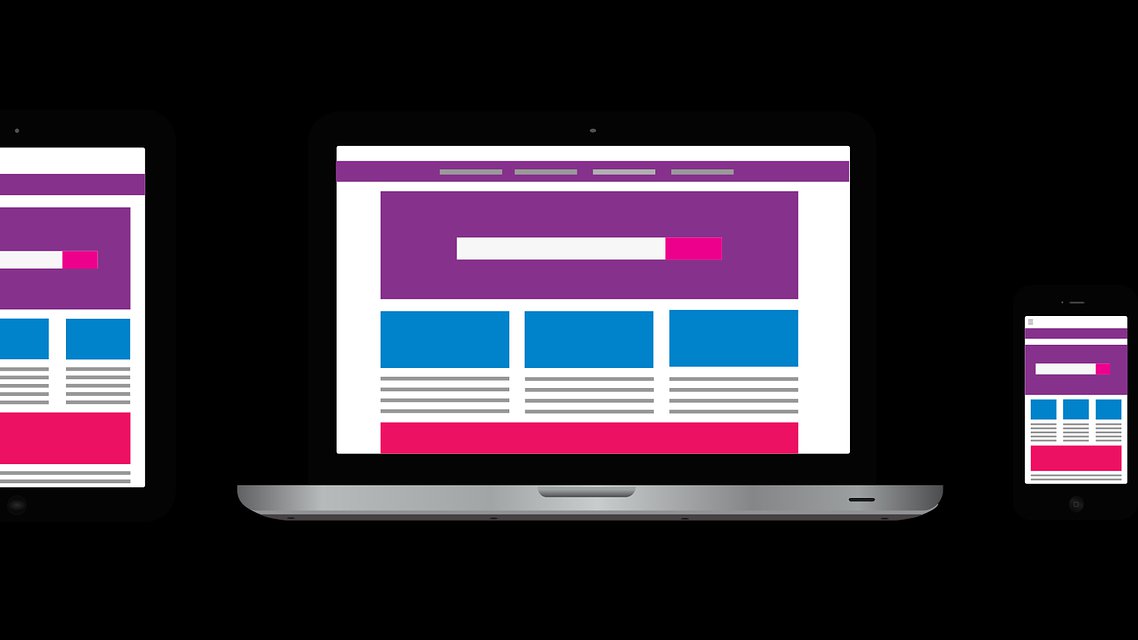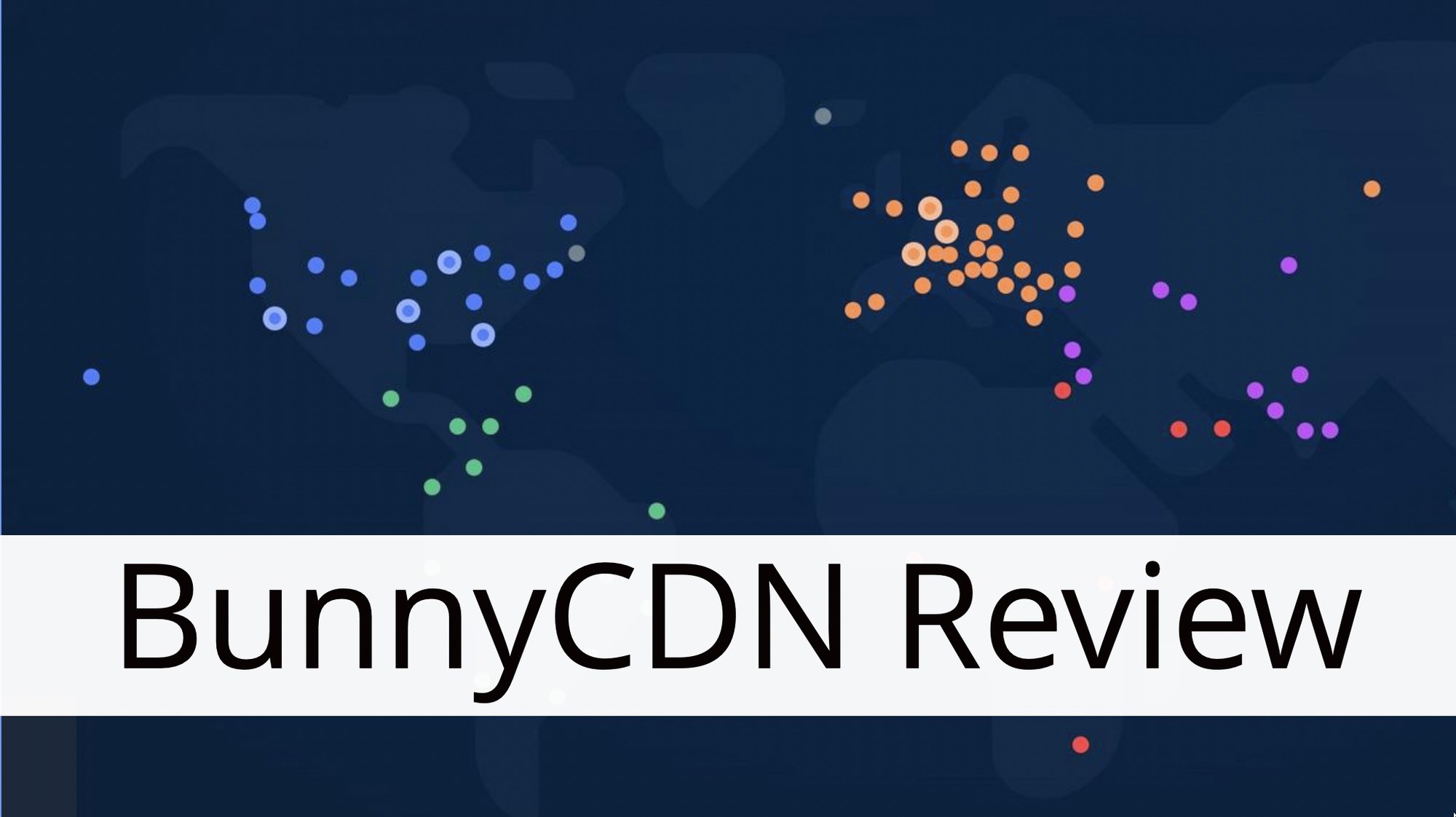Hey there! Have you ever wondered what the future holds for website management? Well, I’ve got some exciting news for you. The rise of headless WordPress is shaping the way websites are built and managed, and it’s revolutionizing the web development industry. In this article, we’ll explore the trends and advancements in headless WordPress and how it’s transforming the way we create and maintain websites.
Before we dive into the details, let’s take a quick look at the market growth of CMS (Content Management System) and headless CMS. The CMS market has been steadily expanding, and it’s projected to reach a value of around USD $116.2 Billion by 2025. This growth can be attributed to the increasing demand for efficient and user-friendly website management solutions.
Now, let’s talk about headless CMS, which has emerged as the future of web development. The concept of headless CMS involves separating the back-end (content management) from the front-end (website display). This approach allows for greater flexibility and versatility in website design and functionality.
Headless WordPress has gained significant popularity due to its advantages and adoption by many businesses. With a headless WordPress website, necessary files are loaded through API calls, which improves website performance. This demand for headless CMS platforms has led to the rise of headless WordPress as a powerful tool in the web development industry.
In the next sections, we’ll delve deeper into the concept of headless CMS, the impact of headless WordPress on website performance, and the benefits and efficiency of using headless WordPress. So, let’s get started and explore the exciting future of website management with headless WordPress!
The Market Growth of CMS and Headless CMS
The world of website management is constantly evolving, with new technologies and trends emerging to enhance the performance and user experience of websites. One such trend that is gaining significant traction is the adoption of headless CMS (Content Management System). But before we dive into the future of headless WordPress, let’s take a look at the market growth of CMS and headless CMS.
CMS Market Value
The global CMS market was valued at USD $62.4 Billion in 2020 and is projected to grow around USD $116.2 Billion by 2025. This growth can be attributed to the increasing digitization of businesses and the need for seamless content management across various digital platforms. CMS platforms provide organizations with the ability to create, edit, and publish content without the need for technical coding skills.
Expected Growth of Headless CMS
When it comes to headless CMS, the future looks exceedingly promising. 64% of enterprise respondents already use headless CMS, and more than 90% of those not using it plan to evaluate it in the near future. The rise in adoption can be attributed to the benefits that headless CMS offers, such as improved website performance and the ability to deliver content across multiple channels.
According to Managed-WP.™, Why should you use Headless WordPress?, headless WordPress is gaining popularity due to its flexibility, scalability, and ability to integrate with different frontend technologies.
“Headless CMS platforms are growing rapidly because they offer the ability to maintain a central content hub, while still delivering content to multiple channels.” – Managed-WP.™
Headless CMS platforms allow developers to decouple the backend (content management) from the frontend (user interface), enabling more flexibility and freedom in designing and delivering content to users. This approach has seen a significant surge in demand, leading to the rise of headless WordPress.
As we delve deeper into the future of website management, understanding headless CMS and its advantages becomes crucial. In the next section, we will explore the concept of headless CMS and the benefits it offers.
Let’s explore the exciting concept of headless CMS and its advantages.
Understanding Headless CMS: The Future of Web Development
In recent years, there has been a significant shift in the way websites are built and managed. Traditional Content Management Systems (CMS) like WordPress, which combine the backend and frontend, are being replaced by Headless CMS platforms. This new approach to web development is gaining popularity due to its flexibility, scalability, and improved performance. In this article, we’ll explore the concept of Headless CMS, its advantages, and its adoption in the web development industry.
Concept of Headless CMS
A Headless CMS separates the backend (content management) from the frontend (website presentation) of a website. Unlike traditional CMS platforms, where the backend and frontend are tightly coupled, a Headless CMS provides an API (Application Programming Interface) that allows developers to retrieve content from the backend and display it in any format on the frontend. It essentially decouples the content creation and storage process from the presentation layer, making it more flexible for developers to build websites with various technologies.
Advantages of Headless CMS
There are several advantages to using a Headless CMS for web development:
- Flexibility: With a Headless CMS, developers have the freedom to choose any frontend technology or framework. They can build websites using popular JavaScript frameworks like React, Angular, or Vue.js, or even go serverless with static site generators like Gatsby or Next.js. This flexibility allows for greater creativity and innovation in website design and functionality.
- Scalability: Headless CMS platforms are designed to handle high traffic and complex content structures. They can easily handle multiple websites, mobile apps, and other digital platforms. As the demand for content grows, a Headless CMS can scale without compromising performance.
- Content Reusability: With a Headless CMS, content can be created once and published across multiple channels and devices. This saves time and effort for content creators, as they don’t have to manually update content on each platform. It also ensures consistency across all channels, making it easier to maintain brand identity.
Adoption of Headless CMS
The adoption of Headless CMS platforms, including Headless WordPress, has been on the rise. Here are a few reasons why:
- Improved Performance: A Headless WordPress website loads necessary files through API calls, rather than rendering the entire page on every request. This improves website performance, as only the required content is fetched, reducing load times and enhancing user experience.
- Flexibility in Design and Functionality: Headless CMS platforms allow developers to create custom templates and components, providing greater control over the website’s design and functionality. This flexibility enables the creation of unique and tailored user experiences.
- Integration with Third-Party Services: Headless CMS platforms make it easier to integrate with third-party services and APIs. This allows developers to leverage the power of additional tools and services to enhance the website’s functionality, such as e-commerce integrations, analytics platforms, and marketing automation tools.
As more businesses recognize the benefits of Headless CMS, the demand for these platforms is expected to grow significantly in the coming years.
To summarize, the concept of Headless CMS has revolutionized web development by decoupling the backend and frontend of a website. This approach offers flexibility, scalability, and improved performance, making it the future of web development. As more businesses embrace this new paradigm, we can expect to see innovative and dynamic websites powered by Headless CMS platforms. So, if you’re looking to build a website that offers a seamless user experience, it’s time to explore the world of Headless CMS.
Impact of Headless WordPress on Website Performance
When it comes to website performance, every second counts. Slow-loading websites can be frustrating for users and can negatively impact your business. This is where Headless WordPress comes into play. By separating the WordPress backend from the frontend, Headless WordPress offers several advantages that can greatly enhance your website’s performance. Let’s take a closer look at the impact of Headless WordPress on website performance.
Website Speed and Conversion Rates
Did you know that a mere 0.25-second improvement in website speed can boost your conversion rate by a whopping 1.75%? Yes, you read that right! The speed at which your website loads plays a crucial role in visitor engagement and conversion. With Headless WordPress, you can optimize your website for faster loading times and improved user experience.
By leveraging the power of APIs, a headless WordPress website loads only the necessary files and content, significantly reducing the load time. The REST API, for example, allows the frontend to request data from the backend in a more efficient manner, ensuring a smoother and faster user experience. This can make a significant difference in how users perceive your website and can lead to higher engagement and conversion rates.
Separation of WordPress Backend and Frontend
One of the key features of Headless WordPress is the separation of the backend and frontend. Traditionally, WordPress handles both the content management system (CMS) and the frontend presentation of the website. However, with Headless WordPress, the backend becomes a headless CMS that solely focuses on managing content, while the frontend is handled by a separate technology stack.
This separation allows for greater flexibility and scalability. The frontend can be built using modern technologies such as React, Angular, or Vue.js, which are known for their high performance and flexibility. The decoupling of the frontend and backend also means that updates and changes to the frontend can be made without impacting the content management system, resulting in faster and more efficient development cycles.
Improved Performance with Headless WordPress
Headless WordPress offers improved performance by leveraging the power of static site generators and content delivery networks (CDNs). Static site generators like Gatsby or Next.js can pre-render your website pages into static HTML, CSS, and JavaScript files, which are then cached and served to users directly from the CDN.
This approach eliminates the need for server processing each time a user requests a page, resulting in lightning-fast loading times. Additionally, CDNs distribute your website’s files across multiple servers worldwide, ensuring that users from different locations can access your content quickly and reliably.
Moreover, setting up a headless WordPress website can be a breeze for development teams thanks to the Rest API. The API provides easy access to WordPress’ powerful features, allowing developers to build custom frontend experiences without the constraints of traditional WordPress theming. This flexibility enables developers to optimize and fine-tune the website’s performance to deliver an exceptional user experience.
In conclusion, Headless WordPress has a significant impact on website performance by improving speed, separating the backend and frontend, and leveraging modern technologies like static site generators and CDNs. By adopting Headless WordPress, you can create a lightning-fast, scalable, and efficient website that not only delights your users but also helps your business thrive.
So, why wait? Upgrade your website’s performance with Headless WordPress and unleash its full potential.
“A fast website is not an option; it’s a necessity.”
Benefits and Efficiency of Using Headless WordPress
Headless WordPress offers several benefits and efficiencies that make it an attractive option for website management. Here are some of the key advantages of using Headless WordPress:
1. Control and Customization of Code
With Headless WordPress, you have complete control over the front-end development of your website. You can customize the code to match your specific design and functionality requirements. This level of control allows for a more personalized and unique website experience for your users.
2. Efficiency in Content Management
Managing content becomes much more streamlined and efficient with Headless WordPress. As WordPress continues to be one of the most popular and user-friendly content management systems, you can take advantage of its robust features for content creation, editing, and organization. With a Headless setup, you can leverage the power of WordPress while using any front-end framework of your choice.
3. Storing and Displaying Digital Assets
Headless WordPress allows you to easily store and manage digital assets such as images, videos, and documents. You can upload and organize your assets within the WordPress media library, and then retrieve and display them on your website as needed. This makes it simple to maintain consistency and efficiency in content management.
4. Flexibility in Integration
One of the significant advantages of Headless WordPress is its flexibility in integrating with other systems and platforms. Since the front-end and back-end are decoupled, you can seamlessly integrate different applications, services, and APIs into your website. This allows you to leverage the best tools and technologies for specific functionalities, giving you greater flexibility and scalability.
5. Improved Website Performance
By separating the back-end functionality of WordPress from the front-end presentation layer, Headless WordPress can significantly improve website performance. The headless architecture enables faster loading times, as only the necessary data and assets are fetched through API calls. This results in a smoother and more responsive user experience, leading to better engagement and higher conversion rates.
6. Enhanced Security and Stability
Headless WordPress provides an added layer of security and stability for your website. Since the front-end and back-end are separate, any vulnerabilities or issues with the front-end code will not affect the core WordPress installation. This reduces the risk of security breaches and ensures that your website remains stable and functional even with changes or updates to the front-end.
7. Scalability and Future-Proofing
With Headless WordPress, you have the ability to scale your website without limitations. As your business grows and your website traffic increases, you can easily add new servers or services to handle the load. Additionally, the headless approach future-proofs your website by allowing you to adapt and integrate new technologies and trends as they emerge.
By leveraging the benefits and efficiencies of Headless WordPress, you can create a powerful and dynamic website that meets the demands of modern web development. Whether you’re looking for customization, performance optimization, or seamless integrations, Headless WordPress provides the flexibility and control you need to take your website to the next level.
To learn more about the benefits of using Headless WordPress, check out Why should you use Headless WordPress?
Conclusion
In conclusion, the future of website management is heading towards the adoption of headless WordPress. This trend is driven by the need for improved website performance, flexibility in content management, and efficient code control. Headless CMS platforms, like headless WordPress, offer numerous advantages and are expected to experience significant growth in the coming years.
By decoupling the WordPress backend from the frontend, headless WordPress allows for faster website speeds and better conversion rates. The separation of backend and frontend functionalities also simplifies the development process, thanks to the Rest API.
Using headless WordPress provides greater control and customization of code, making it a preferred choice for developers. Content management becomes more efficient, as front-end assets can be pushed to multiple systems. Additionally, the storage and display of digital assets are streamlined, enhancing the overall digital experience.
Managed-WP is a premium managed WordPress cloud hosting platform that aligns perfectly with the future of website management. With Managed-WP, you can simplify your infrastructure, gain freedom in digital experiences, and benefit from expert 24/7/365 problem-solving. Take the next step in embracing the future of website management with Managed-WP: link to Managed-WP website.
Upgrade your website management with Managed-WP today!
Frequently Asked Questions
- What is a headless WordPress?
Headless WordPress is a modern approach where the backend (content management system) and frontend (website display) are decoupled. In this setup, WordPress is used solely for managing content, while the frontend is built using technologies like React, Vue.js, or Angular.
- What are the benefits of using headless WordPress?
Headless WordPress offers benefits such as improved performance, increased scalability, enhanced security, flexibility in frontend development, and the ability to leverage modern web technologies and frameworks.
- Is headless WordPress suitable for all types of websites?
Headless WordPress is well-suited for websites that require a high degree of customization, complex frontend functionality, or have unique presentation needs. It may not be ideal for simple, content-focused websites that don’t require extensive frontend development.
- Are there any downsides to using headless WordPress?
While headless WordPress brings many advantages, it also has some downsides. It requires additional development resources and expertise, may have a steeper learning curve, and can be challenging to set up and maintain compared to traditional WordPress setups.
- How can I get started with headless WordPress?
To get started with headless WordPress, you’ll need to set up a WordPress backend, choose a frontend technology/framework, and establish a communication mechanism between the two. This involves creating APIs, configuring routing, and developing the frontend using your chosen technology.



















